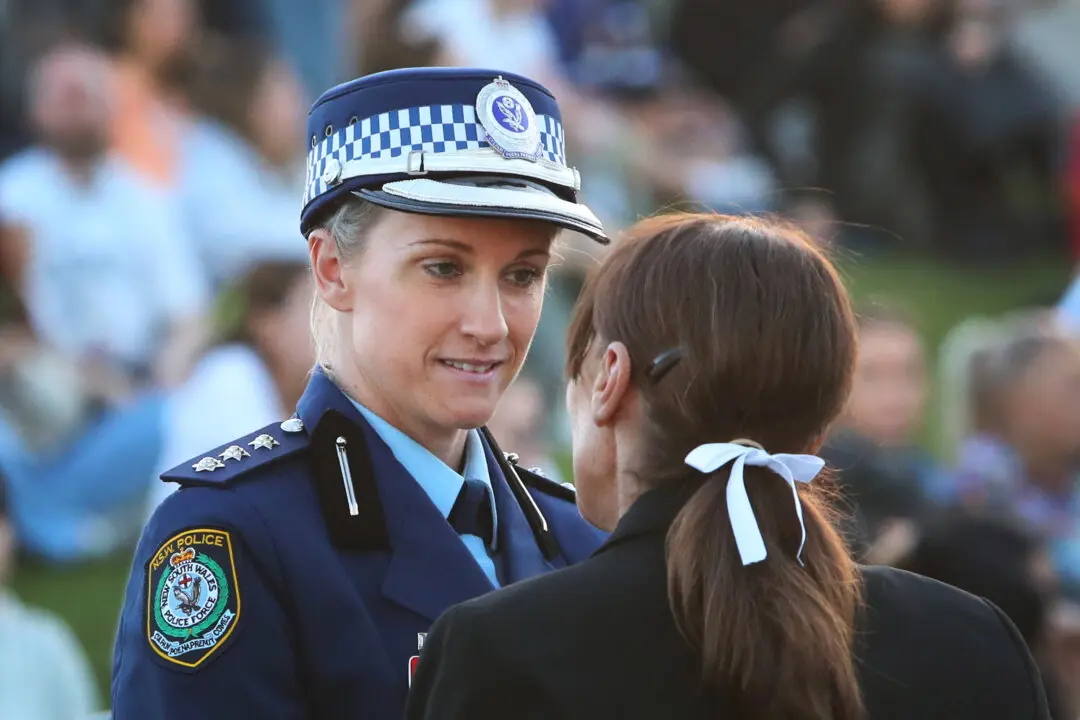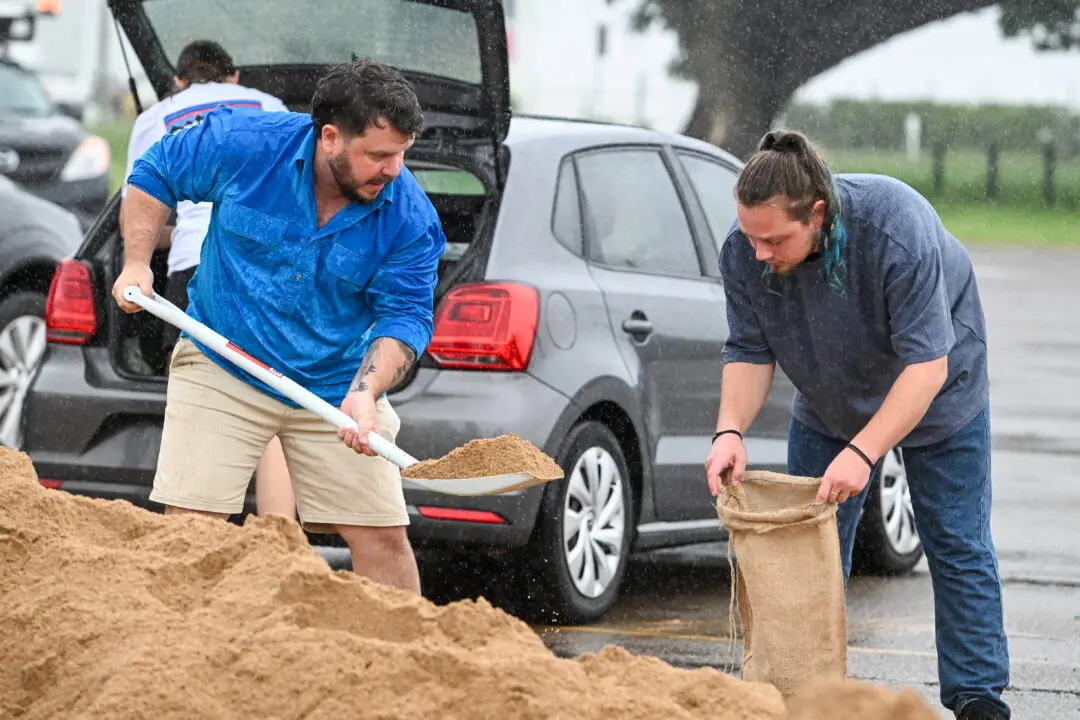The central bank expects the jobless rate to tick higher than previously thought as inflation remains stubbornly high and dampens economic growth.
The Reserve Bank of Australia now expects the unemployment rate to hit 4.25 per cent by the end of 2024, up from the four per cent forecast in August.





